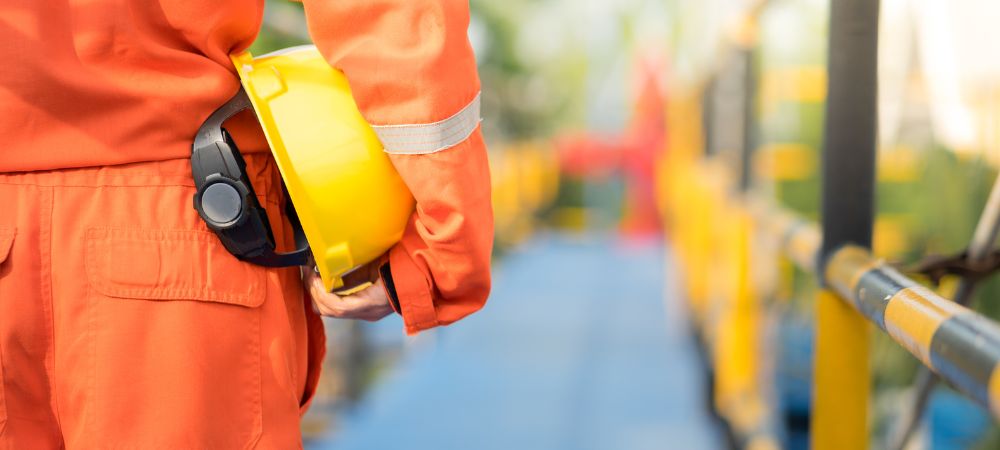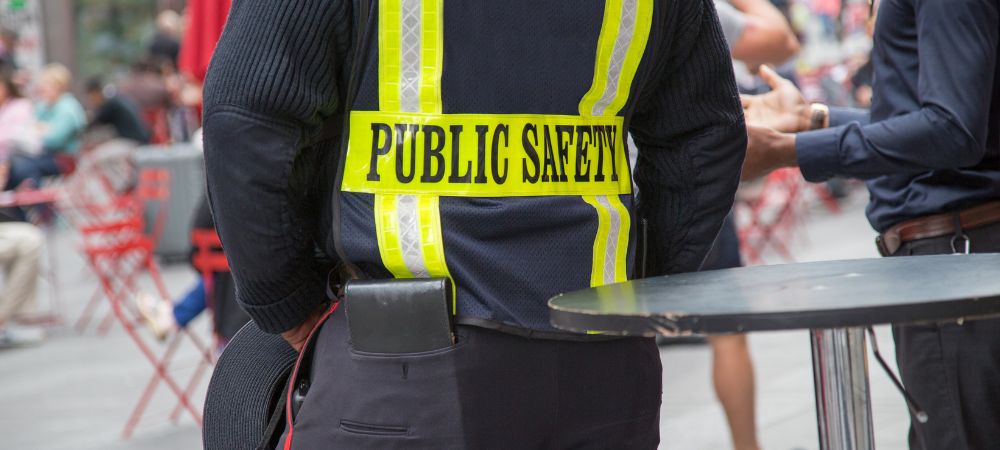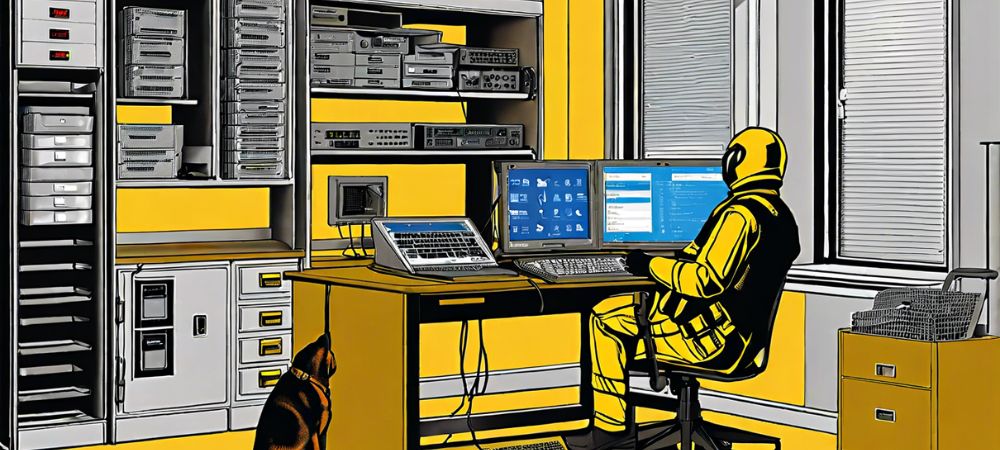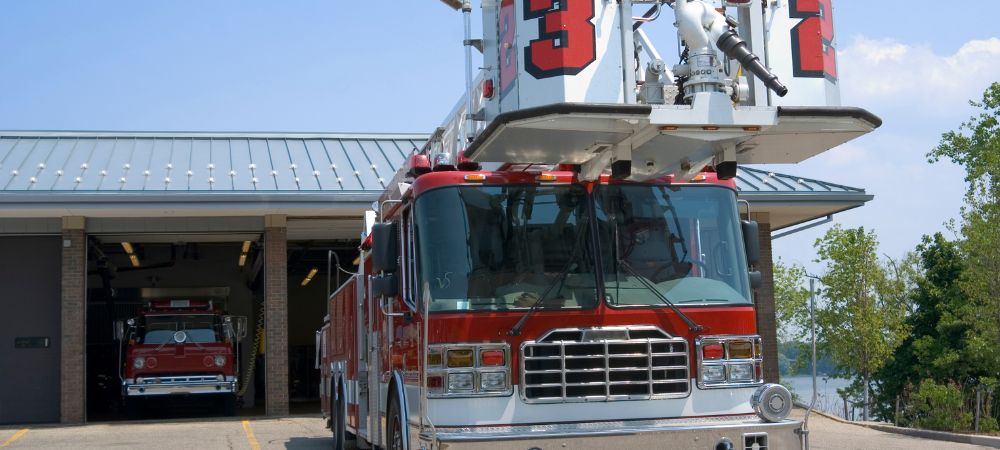

When we talk about the importance of involving youth in community safety initiatives, there's just no denying that it's a game-changer. I mean, who wouldn't want fresh ideas and enthusiasm injected into something as crucial as community safety? Youth engagement programs aren't just beneficial-they're kinda essential.
First off, young people bring a unique perspective to the table. extra details offered check right now. They see things adults might miss. It's not like they don't care; actually, they do-but sometimes in ways that are different yet effective. For instance, they're more likely to spot how social media can be used for good or bad within their peer groups. Adults might overlook these nuances because, let's face it, they're not exactly living on Instagram or TikTok.
Besides, involving youth in such initiatives helps them feel valued and heard. It's like giving them a voice in shaping their own environment. Who would want to live in a place where they don't feel safe? Not me! When youngsters are part of the planning and execution phases of safety programs, they're more invested in making sure those plans work out well.
Now let's not pretend there aren't challenges. Getting young people involved ain't always easy. They're busy with schoolwork, extracurriculars, social lives-you name it! But if you make the effort to reach out and really show 'em why their participation is important? Oh boy, you'll see a big difference.
Oh! And let's talk about skill-building for a second here. Participating in community projects equips youth with leadership skills they'll carry into adulthood. Problem-solving abilities? Check. Teamwork experience? Double-check!
But hey-don't think it's all sunshine and rainbows either. Sometimes they'll mess up or get discouraged when things don't go as planned (and trust me-things rarely go 100% smoothly). The key is mentoring them through these hiccups rather than sidelining 'em at the first sign of trouble.
Moreover, it's not only about helping them develop but also fostering intergenerational understanding and cooperation within communities. Older folks have wisdom and life experience while kids bring energy and new viewpoints; blend 'em together properly and you've got yourself one strong community fabric.
In conclusion-or should I say finally-it can't be overstated: involving youth in community safety initiatives isn't just an option; it's almost an obligation if we truly want sustainable change over time. So let's roll up our sleeves and get those younger voices heard loud n' clear!
Youth engagement programs are essential for fostering a sense of belonging and responsibility among young people. These programs, when executed effectively, can have a significant impact on the participants' personal development and their communities. But hey, it's not all sunshine and rainbows; there's no magic formula that guarantees success. However, certain key components can indeed make these programs more effective.
First off, you can't ignore the importance of **meaningful participation**. It's not just about showing up to events or activities; youth need to feel like their voices matter. If they don't believe they're contributing in a real way, they'll probably lose interest faster than you can say "engage". Programs should offer roles where youth can make decisions and see tangible results from their involvement.
Another critical element is **mentorship**. A supportive adult presence can't be underestimated in these settings. Mentors provide guidance and experience, helping youths navigate through challenges and celebrate successes. They aren't there to dictate but to facilitate growth by offering wisdom without overshadowing the youths' own ideas.
What also stands out is the necessity for **skill-building opportunities**. Youths won't stay engaged if they're not learning something new or developing skills that are applicable beyond the program itself. Whether it's leadership training, communication workshops, or technical skills development like coding or art – giving young people tools they can use in real life keeps them coming back for more.
Consistency is another one you can't skip over-it's a big deal! Establishing regular meetings and activities helps build trust and reliability within the group. No one wants to be part of something that's here today, gone tomorrow.
Alrighty then, let's talk resources – cause let's face it: enthusiasm alone ain't gonna cut it! Effective youth engagement programs require adequate funding and resources to succeed. This means having access to materials needed for activities as well as funds for excursions or special projects that keep things interesting.
Don't forget **inclusivity**, either – this isn't optional! The best programs are those which embrace diversity in all its forms - race, gender identity, socioeconomic background...you name it! Everyone needs to feel welcomed and valued; otherwise what's even the point?
Moreover-oh boy-is **evaluation** crucial! You gotta know how you're doing so you don't end up sailing with no direction whatsoever (yikes!). Regular assessments help identify what's working well versus what needs tweaking so adjustments can be made accordingly.
Lastly-but definitely not leastly-the environment must foster an atmosphere that's fun yet respectful at the same time (not always easy). Creating spaces where youths feel safe both physically and emotionally encourages open dialogue & creativity while minimizing conflicts or misunderstandings.
So yeah-it's clear there's no single recipe but incorporating meaningful participation along with mentorship opportunities into consistent schedules backed by proper resources within inclusive environments evaluated regularly should set any youth engagement program up pretty damn well!
Phew-that was quite a mouthful wasn't it?
In today's world, there's no denying that the impact of natural disasters can be catastrophic.. It's crucial to find ways to boost emergency preparedness and one such way is to utilize technology for early warning systems.

Posted by on 2024-07-06
Measuring the Effectiveness of Community Policing Strategies is no easy feat.. I mean, it's not like there's a one-size-fits-all approach to this, right?

Posted by on 2024-07-06
When it comes to the topic of Emergency Preparedness and Response, one can't ignore the importance of Post-Emergency Recovery and Support.. It's a phase that often gets overlooked, but honestly, it's just as crucial as the immediate response during an emergency.

Posted by on 2024-07-06
In this ever-evolving digital age, public safety has increasingly become intertwined with cybersecurity measures.. As we look to the future, it's clear that new trends in cybersecurity will play a pivotal role in fortifying our public safety infrastructure.

Posted by on 2024-07-06
When it comes to youth engagement programs, one can't help but be inspired by the success stories of young people taking charge in their communities. Case studies of successful youth-led public safety projects give us a glimpse into how empowered youth can bring about real change. It's not just about reducing crime; it's also about building a sense of ownership and community spirit among the younger generation.
Take, for instance, the project led by a group of high school students in Chicago. They decided they weren't going to sit around and let their neighborhood deteriorate under the weight of violence and drug abuse. So, what did they do? They organized community patrols and set up safe spaces where kids could stay outta trouble after school. It wasn't easy – there were loads of setbacks – but they didn't give up. And guess what? Crime rates dropped significantly in their area within a year!
Another inspiring example comes from a small town in Texas where teens took on the issue of road safety. After noticing an alarming number of accidents involving young drivers, they launched an awareness campaign that included everything from social media blitzes to organizing mock car crashes at schools. Their efforts paid off as accident rates among teenagers plummeted! The best part was that these initiatives made them feel like integral parts of their communities.
But let's not pretend it's all sunshine and rainbows. Not every project is gonna succeed right off the bat, and that's okay! In fact, one group in New York tried setting up late-night basketball games as an alternative to hanging out on the streets but faced resistance from local authorities who weren't too keen on keeping facilities open late hours. Did it stop them? Nope! They negotiated tirelessly until they reached a compromise that worked for everyone.
Oh, and let's talk about digital platforms too! A group of tech-savvy youngsters in California developed an app that allowed residents to report suspicious activities anonymously. This initiative didn't just empower citizens; it also helped law enforcement get real-time data which was crucial for quick responses.
In conclusion, these case studies show that when given the opportunity (and some support), youth can lead projects that make substantial impacts on public safety. They're not just future leaders-they're leaders right now! Sure, they'll face challenges along the way-who doesn't? But with determination and innovative thinking, there's so much they can achieve.
So next time someone doubts what young people can do for public safety or any other significant cause, just point 'em towards these amazing examples! Trust me; they'll think twice before underestimating our youth again.

Implementing youth engagement programs is no walk in the park. It's full of twists and turns, ups and downs. You'd think it's just about getting young people involved, right? But oh boy, there are so many challenges that come with it.
First off, one big hurdle is funding. Money doesn't grow on trees, and finding the financial resources to keep these programs running can be like searching for a needle in a haystack. Many organizations struggle to secure consistent funding, which means they can't plan long-term or expand their activities much. Without the dough, they're stuck.
Another issue is reaching out to the youth themselves. Kids today have so many distractions - social media, video games, schoolwork - you name it! Getting their attention isn't easy at all. Plus, some youngsters might feel these programs aren't cool enough or they don't see any immediate benefit from participating. So how do you make them interested?
Communication gaps also pose problems. Adults often design these programs without really consulting the youths who'll be taking part in them. And let's face it – what grown-ups think is fun isn't always what kids want to do! There's gotta be more dialogue between generations if we're gonna get this right.
But hey, not everything's doom and gloom! There are solutions too (thank goodness). For starters, involving young people in planning stages can work wonders. If they help shape the program from day one then they'll feel ownership over it and more likely to stick around.
Also important: partnerships with schools and local communities can provide additional support both financially and logistically. Schools already have access to large groups of students where outreach efforts could start; community centers offer spaces for meetings or events!
Technology ain't all bad either-using social media platforms effectively can attract youths' interest since they're already spending tons of time online anyway.
In conclusion though implementing youth engagement programs comes with its fair share of headaches there's ways through those barriers as well! By securing proper funds fostering better communication across generations utilizing tech smartly plus forming strategic alliances success ain't impossible afterall .